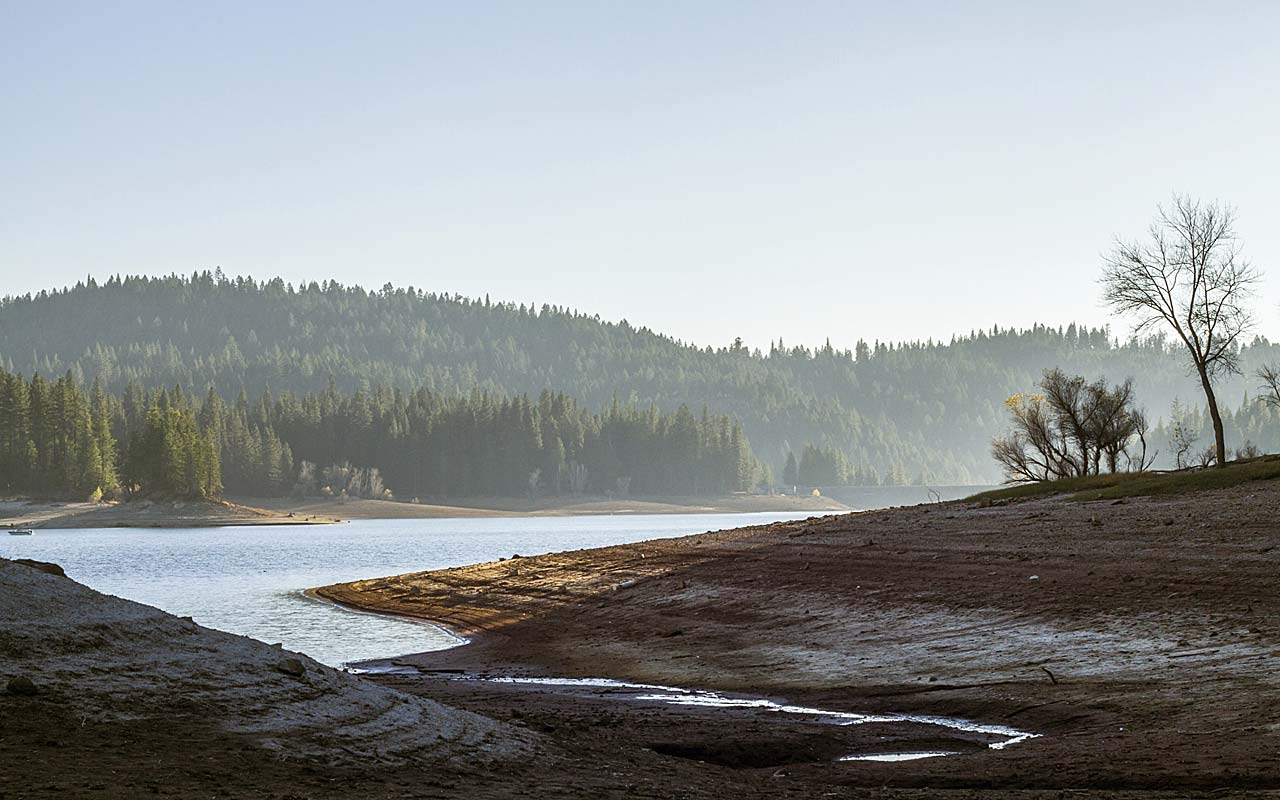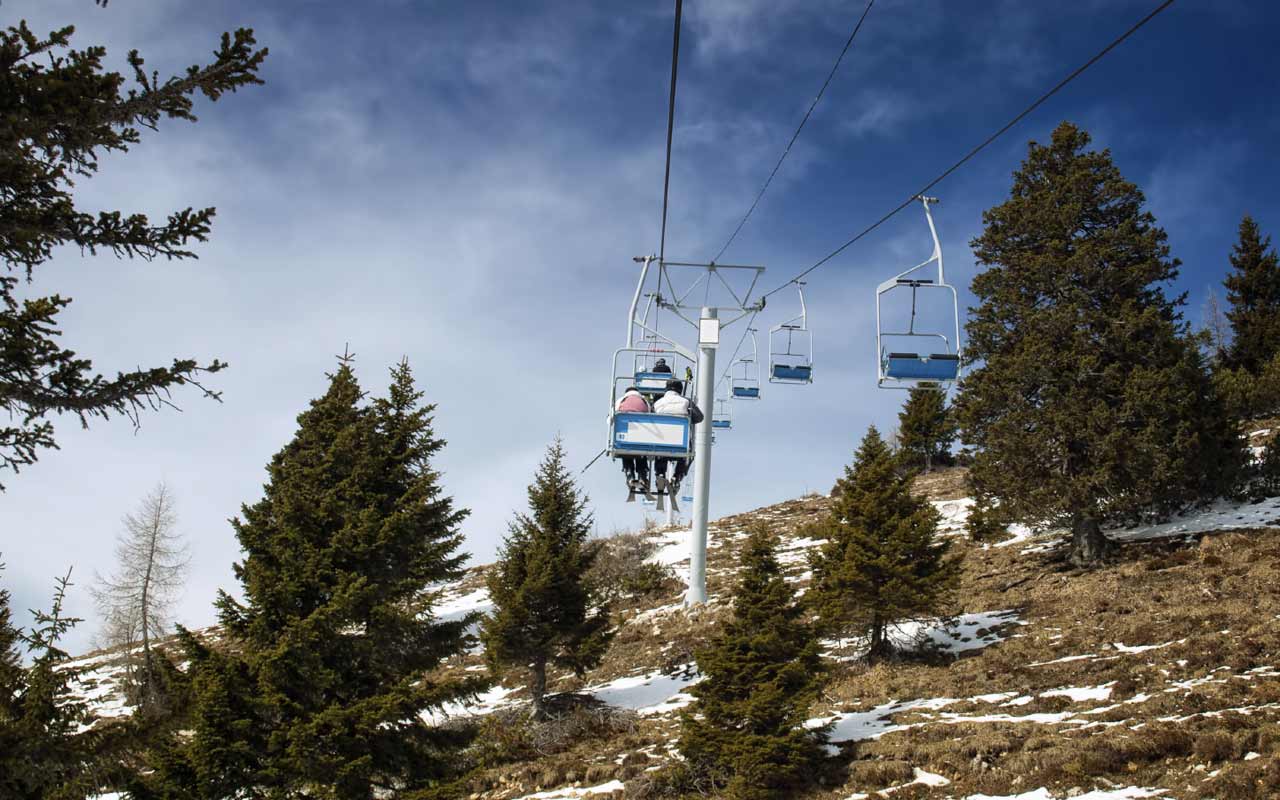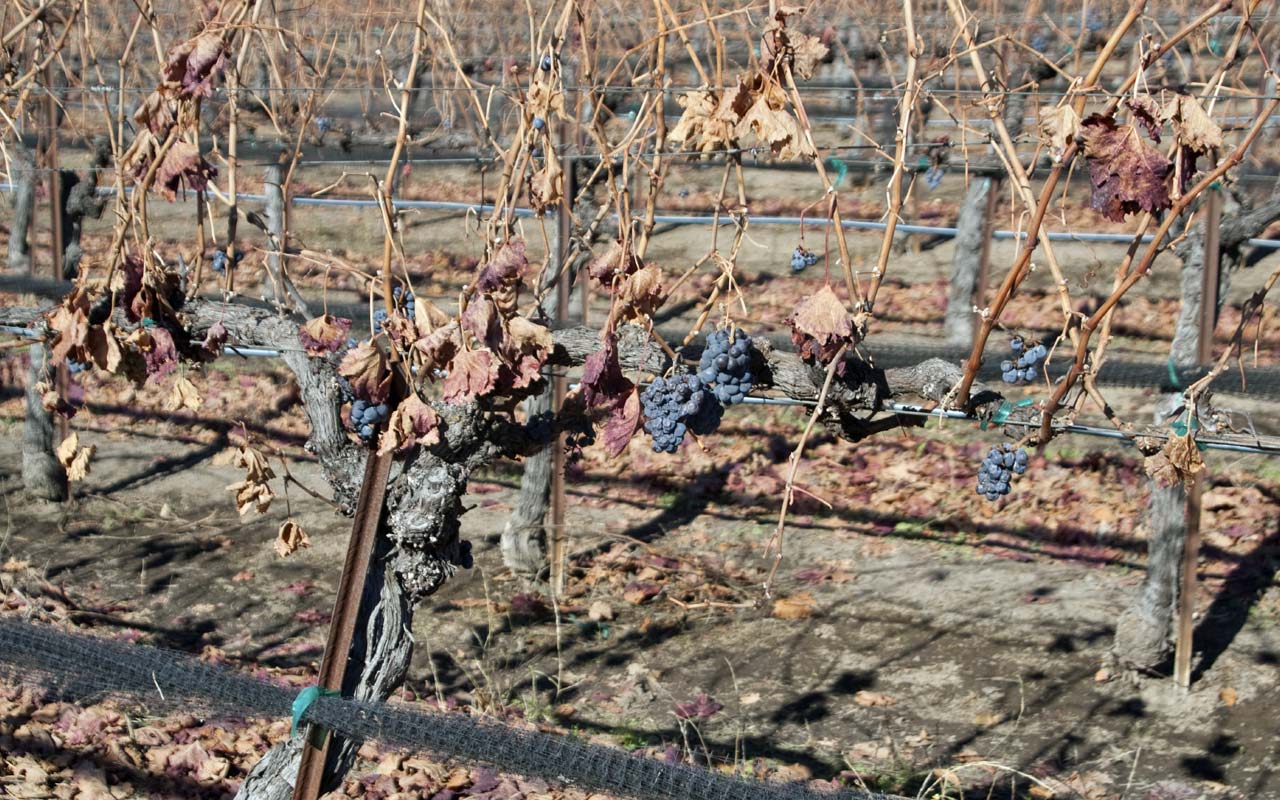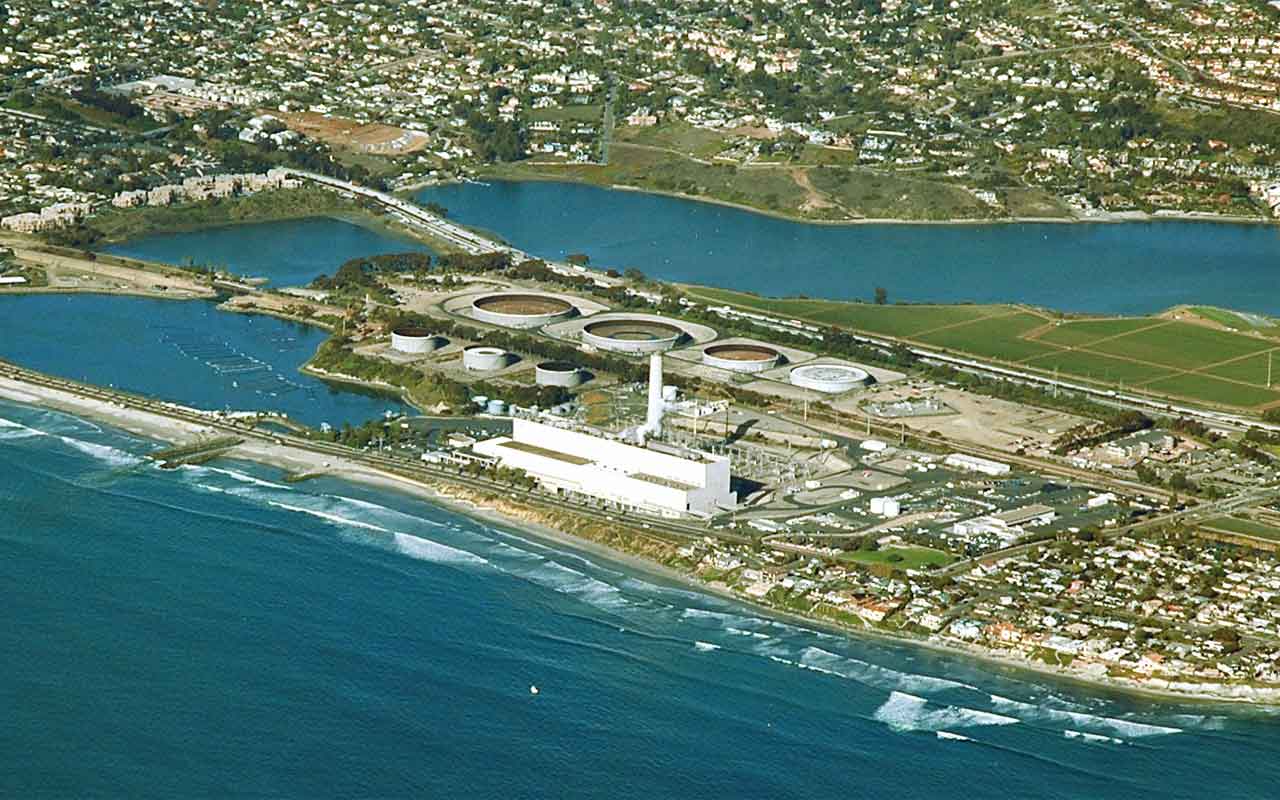7 Ways California’s Drought Affects You
Last year, Kiplinger forecasted that California's historic drought would intensify and that the effects would be far-reaching.

Last year, Kiplinger forecasted that California's historic drought would intensify and that the effects would be far-reaching. Governor Jerry Brown's imposition of mandatory water restrictions in March 2015 underscore the ongoing crisis.
The three-year-long drought in California isn’t about to end anytime soon, and the effects—both negative and positive—will spread well beyond the state’s borders, reaching most Americans. Among the negatives: higher prices for some fruits and vegetables grown in California, the nation’s largest agricultural state. But some positives to come from the drought include changes in recycling and conservation practices, as well as technological advances in purifying polluted groundwater and converting saltwater into freshwater in energy efficient ways.
The expected winter arrival of an El Niño, a Pacific Ocean-based weather phenomenon that usually brings rain to the Golden State, will help. But it doesn’t appear that it will be a strong enough rainmaker this time around to replenish severely depleted water supplies in many parts of the state. For example, two of California’s leading farming counties—Kern and Fresno—are extremely parched, having received just 25%-50% of their normal rainfall this year.
Here’s what to expect from California’s extended dry spell.

Fewer Days on Slopes, Links
California’s legendary ski resorts, including Mammoth and resorts near Lake Tahoe, such as Squaw Valley and Heavenly, are powerful magnets for skiers and snowboarders—when the snow is right. But powder alerts may be few and far between this season, barring a bigger-than-expected impact from El Niño.
- Less natural snow means ski resorts have to fire up their snowmaking gear—and making snow requires water. With water expenses going up, some skiers may face higher lift prices to offset the costs. Electricity shortfalls may also hamper ski lifts and other operations in the Golden State: Power generated by hydroelectric dams in California is down by half because of low water levels in reservoirs.
Another important segment of California’s tourism industry—golf—is also taking a hit. Some courses have been closed, and more closures loom. Many course owners are rushing to replace turf with native, drought-resistant vegetation wherever they can to save on the expense of watering grass, says Marc Connerly, executive director of the California Golf Course Owners Association. Look for the shift to natural vegetation to spread to courses in other states over time.

Costlier Fruits and Veggies
- Odds are that continued drought in California will help push retail prices of fresh fruits and vegetables above the 3% average rise in 2015. The average increase is a projection from the U.S. Department of Agriculture, but USDA notes that its projections assume normal weather.
The drought will force many California farmers—who account for 10% of the nation’s annual $400 billion-plus in farm sales—to raise fewer water-intensive crops, including lemons, tomatoes, bell and chili peppers and asparagus.

A Mixed Bag for Wine Lovers
Wine connoisseurs are eagerly anticipating 2014 vintages from California because a drier-than-usual climate typically produces sweeter grapes, making for tastier wines.
- The problem is, continuing water shortages are a dark cloud over future vintages. A prolonged dry spell threatens the health and sustainability of grapevines, which means fewer grapes for making wine in coming years. Growers of wine grapes and other lucrative California crops, such as almonds, will try to limit the damage by giving them as much water as supplies allow.

Recycled Wastewater
The need for water is prompting big interest in graywater systems, which capture wastewater from showers, faucets and washing machines and reuse it to water lawns, shrubs or agricultural land. A graywater system to serve an office building with, say, 100 to 150 people can cost up to $100,000, depending on the size of storage tanks, amenities such as shower rooms, etc. But the resulting water savings promise to recoup that cost in about five years, based on current water rates.
Makers of graywater systems, including Greyter Water Systems, Nexus eWater and Practical Applications, are poised to satisfy rising demand. Look for such systems to find a home in many other states and localities, too.

Low-Flow Plumbing
California recently became the first state to require older homes, apartments and office buildings to replace old toilets, urinals, showerheads and faucets with low-flow models, which use less water than traditional versions.
The move figures to be a bonanza for low-flow-plumbing manufacturers, as well as plumbing supply businesses and plumbers that will be delivering and installing the mandated equipment. Given California’s track record as a trendsetter, plumbers in other parts of the country are hoping that other states will adopt a similar mandate.

Freshwater from Seawater
Many local governments are moving ahead with projects to find water in new places.
San Diego County offers a prime example. The county’s water agency has hired Boston-based engineering firm Poseidon Water to construct a huge desalination plant that will convert seawater into potable freshwater when it comes on line next year. The plant’s daily output of 50 million gallons will account for 7% of the county’s water needs by 2020, says Poseidon spokesman Scott Maloni. Bob Yamada, the San Diego County Water Authority’s planning manager, says the plant will cost residents about $5 more per month on their water bills but will ensure a drought-proof source of drinking water.
Desalination has also made inroads in Florida. Meanwhile, in Texas, brackish groundwater is being desalinated to produce potable water.

Artificial Wetlands
The state’s just-passed $7.5-billion bond issue will be used to fund new infrastructure for storing and saving water.
Andrew Fahlund, deputy director of the California Water Foundation, expects that much of the money will fund construction of artificial wetlands to channel rainwater underground and recharge aquifers, “our savings account” for long-term water storage. Also look for projects to filter and clean polluted groundwater in urban areas such as Los Angeles—and eventually in other parts of the country.
- Construction of artificial wetlands and similar projects will create steady work for engineering and construction firms. Makers of groundwater filtration gear and other equipment to purify wastewater will also see strong demand as California looks to salvage every drop of potentially usable water.
Profit and prosper with the best of Kiplinger's advice on investing, taxes, retirement, personal finance and much more. Delivered daily. Enter your email in the box and click Sign Me Up.
-
 'Donroe Doctrine' Pumps Dow 594 Points: Stock Market Today
'Donroe Doctrine' Pumps Dow 594 Points: Stock Market TodayThe S&P 500 rallied but failed to turn the "Santa Claus Rally" indicator positive for 2026.
-
 The Wealth Equation: Balancing Money and Stress
The Wealth Equation: Balancing Money and StressSponsored Don’t let assets be a liability that strains your family.
-
 Is Your Emergency Fund Running Low? Here's How to Bulk It Up
Is Your Emergency Fund Running Low? Here's How to Bulk It UpIf you're struggling right now, you're not alone. Here's how you can identify financial issues, implement a budget and prioritize rebuilding your emergency fund.
-
 What to Expect from the Global Economy in 2026
What to Expect from the Global Economy in 2026The Kiplinger Letter Economic growth across the globe will be highly uneven, with some major economies accelerating while others hit the brakes.
-
 Amid Mounting Uncertainty: Five Forecasts About AI
Amid Mounting Uncertainty: Five Forecasts About AIThe Kiplinger Letter With the risk of overspending on AI data centers hotly debated, here are some forecasts about AI that we can make with some confidence.
-
 Worried About an AI Bubble? Here’s What You Need to Know
Worried About an AI Bubble? Here’s What You Need to KnowThe Kiplinger Letter Though AI is a transformative technology, it’s worth paying attention to the rising economic and financial risks. Here’s some guidance to navigate AI’s future.
-
 Will AI Videos Disrupt Social Media?
Will AI Videos Disrupt Social Media?The Kiplinger Letter With the introduction of OpenAI’s new AI social media app, Sora, the internet is about to be flooded with startling AI-generated videos.
-
 What Services Are Open During the Government Shutdown?
What Services Are Open During the Government Shutdown?The Kiplinger Letter As the shutdown drags on, many basic federal services will increasingly be affected.
-
 The Economy on a Knife's Edge
The Economy on a Knife's EdgeThe Letter GDP is growing, but employers have all but stopped hiring as they watch how the trade war plays out.
-
 Apple Readies for AI Upgrade with New iPhones
Apple Readies for AI Upgrade with New iPhonesThe Kiplinger Letter The tech giant has stumbled when it comes to artificial intelligence, but a new batch of iPhones will help it make headway.
-
 Japan Enters a New Era of Risk and Reform
Japan Enters a New Era of Risk and ReformThe Kiplinger Letter Japan has entered a pivotal moment in its economic history, undertaking ambitious policy and structural reforms to escape from decades of stagnation.
